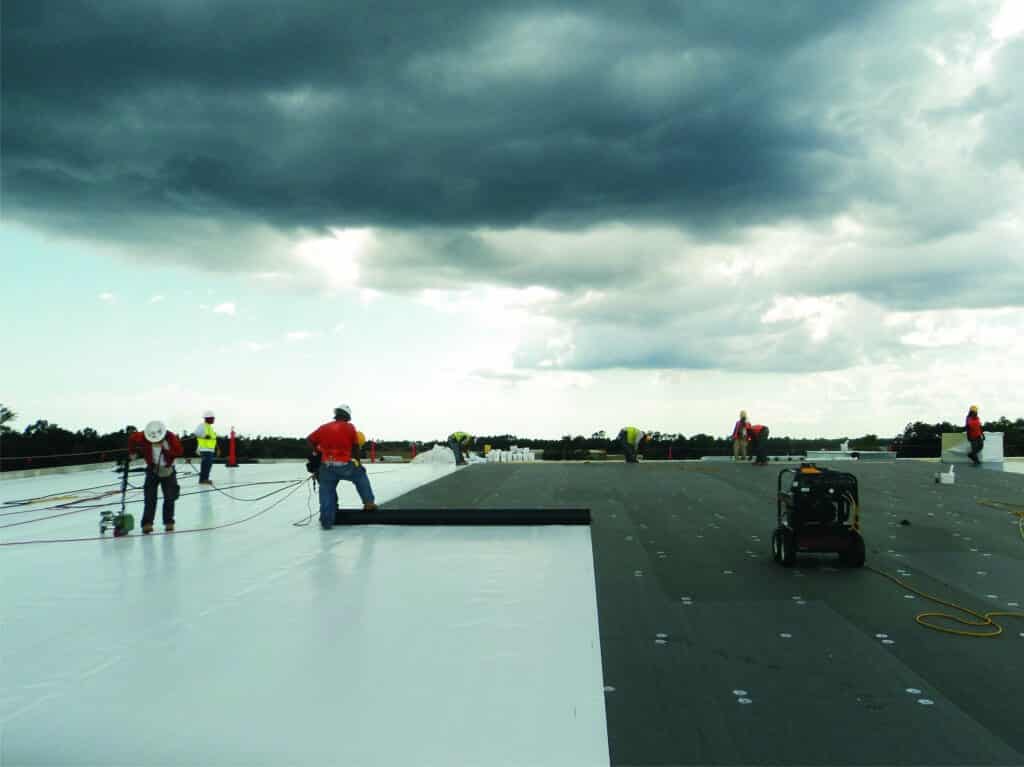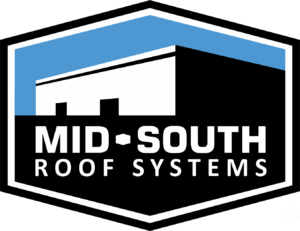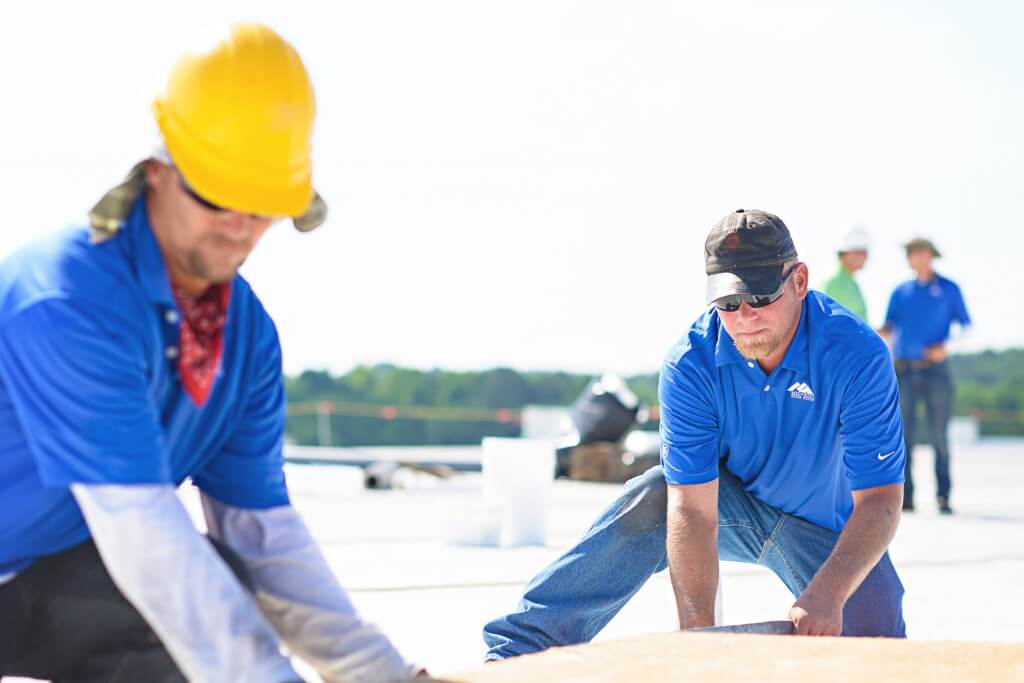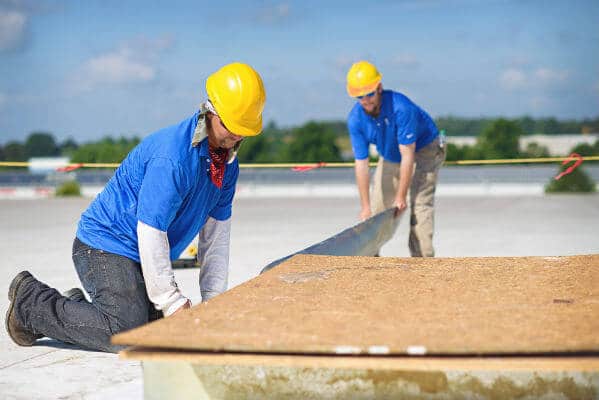Water Damage – The Good, The Bad, The Solution


Water is arguably one of the leading causes of accelerated aging on roofs, particularly flat roofs typical of large commercial and industrial buildings. Ponding water caused by rain, melted snow or leaking heating, ventilation and air conditioning systems can contribute to the wearing down of the roof surface, leading to leaks, mold and decay.
The International Building Code requires that flat roofs have positive drainage. This means roof water can flow, albeit slowly, towards scuppers or gutters on the side of building that release water to the ground.
An effective drainage system to remove water from the surface of your roof will add years to its life. Water will either end up in places you want it to be – or places you don’t want it to be – depending on the action you take.
4 Signs Of Water In The Wrong Places
1. Water inside the building. Perhaps the worst place water can end up is inside the building. There, it usually finds its way to the worst place possible. Damaged product, slip and falls or interrupted production are some of the possible results. If your roof is older or unmaintained, water that ponds on it is at a greater at risk of penetrating the surface and showing up inside. In this case you’ve got a serious leak problem waiting to happen.
2. Blisters on your roof surface. This is a sign that water has found its way below the membrane of the roof and vaporized in the heat of the summer sun. This happens when the roof’s surface is aging and close to breaking down.
3. Rust stains along the perimeter. The flashing is a strip of metal in place to prevent water from penetrating the junction between the roof and an adjacent surface at the perimeter. When water drains into gaps along the edges of the roof, it has a visible affect on the flashing. Rust stains typically indicate that water is getting in or behind something that it should not.
4. Discoloration of the ceiling, particularly ceiling tile, is another sign that water has penetrated the building and might be starting to mold.
3 Ways To Keep Water Where It Belongs
To avoid discovering these tell tale signs of water damage in your building, ensure that water can find its way off the roof. There are three reliable ways to do this.
1. Roof Inspections. Regular inspections can catch small problems and fix them before they become major issues. These inspections also make sure water reaches the buildings drainage points by clearing the water’s path of leaves and other windblown debris. This is the first line of defense for the roof system and helps to extend its useful life.
2. Remedial Repairs. In addition to regular roof inspections, you can enlist a contractor to make sure that, as the roof ages, any necessary repairs are done in order to keep the roof performing for as long as possible.
3. Plan for Replacement. A roof will wear out over time and its replacement can be costly. By planning ahead of time for this expenditure, you can make sure that it is done at the right time. Waiting too long to replace the roof can drive up the cost of the replacement and cause all kinds of problems inside the building as the worn out roof allows water into the structure.
By employing any and all of these strategies, a building owner can avoid costly water damage, and ensure their flat roof functions as it should for many years.
LIKE WHAT YOU JUST READ?
Sign up for our newsletter to get fresh articles, updates and more!
Assess, Report and Decide: Get to Know Your New Building’s Roof
If you’re considering buying a new building, the very first item on your list should be to get an assessment of the roof’s condition. This analysis can prevent surprises down the line and—if the roof needs work—it can have a dramatic effect on the price you wind up paying for the building.
Why You Need A Roofer Onsite When You Install Your HVAC System
It’s common to place the heating, ventilating and air conditioning (HVAC) systems for large buildings on the roof. A successful rooftop HVAC installation usually involves the collaboration of an entire team of workers, so that issues related to the roof, structures, electrical and HVAC can be discussed beforehand. If an HVAC system is not coordinated…


